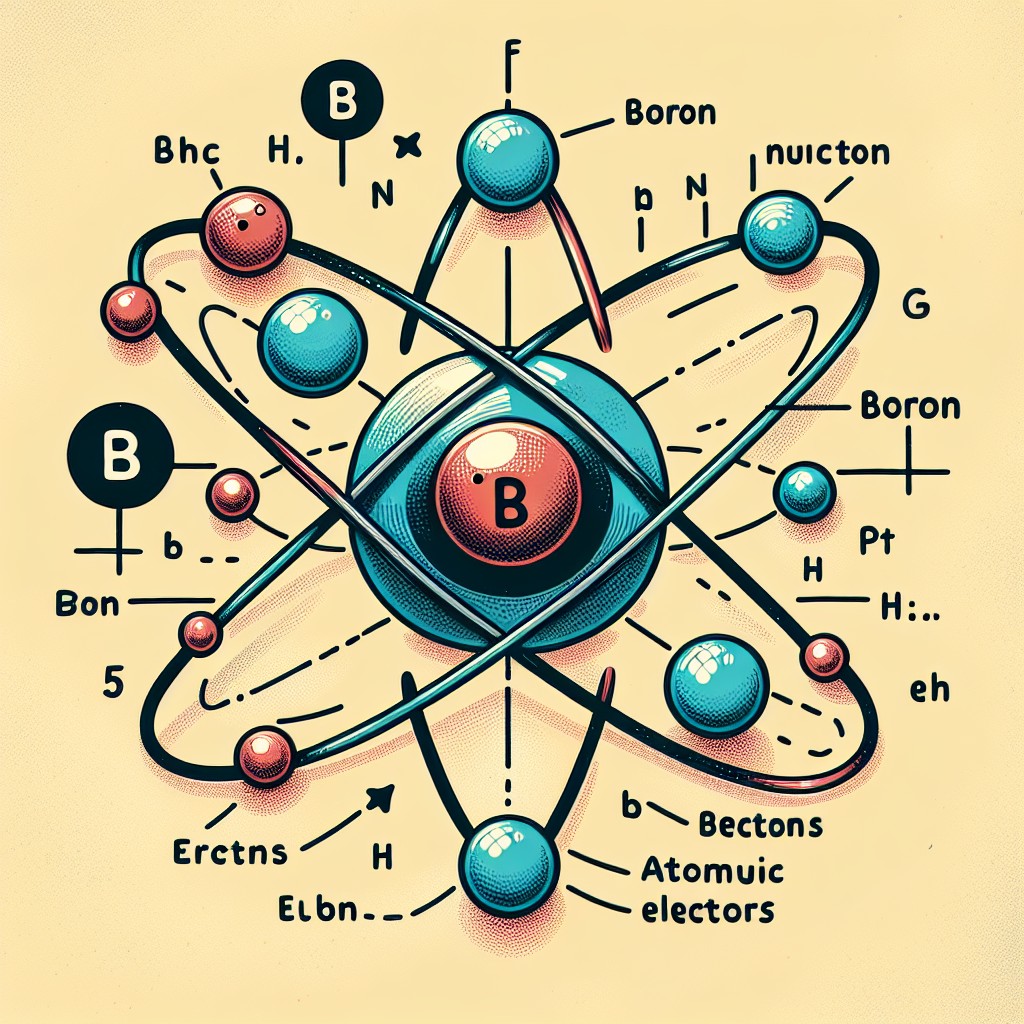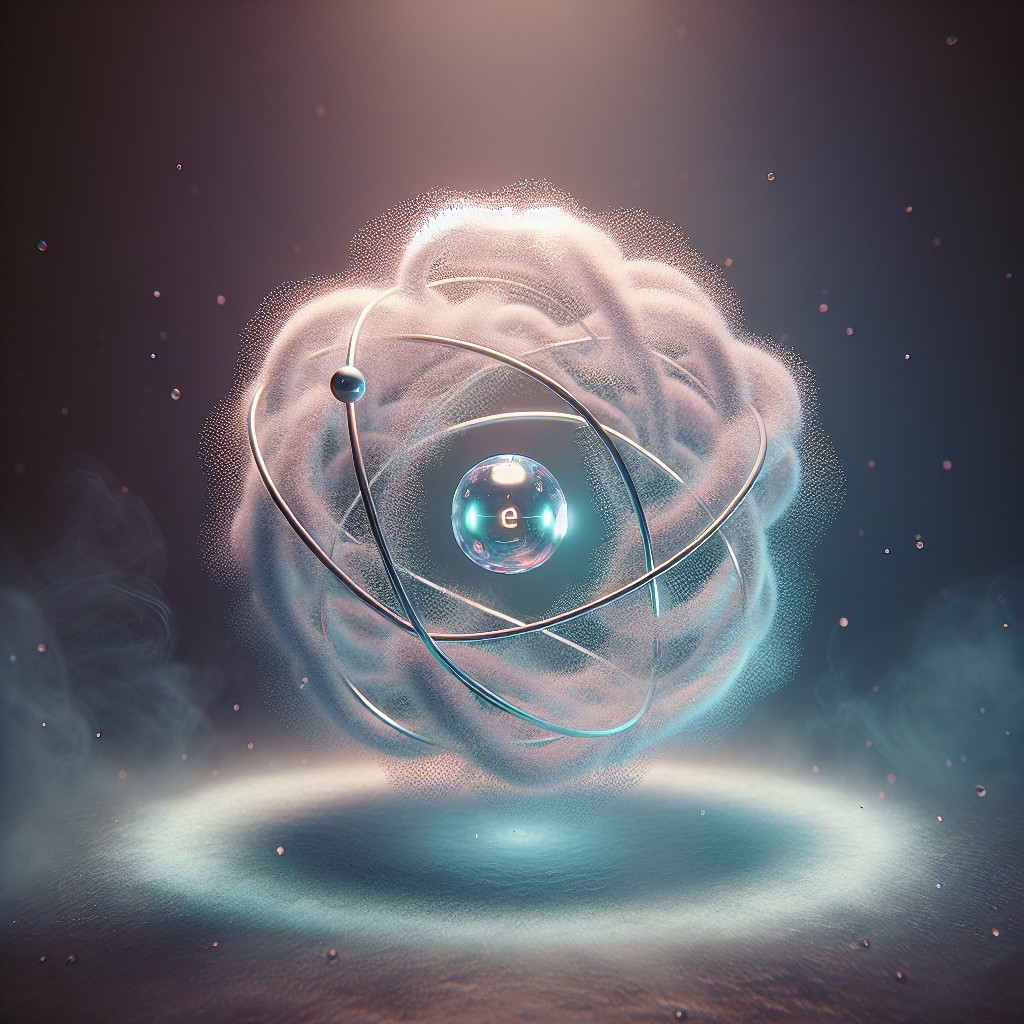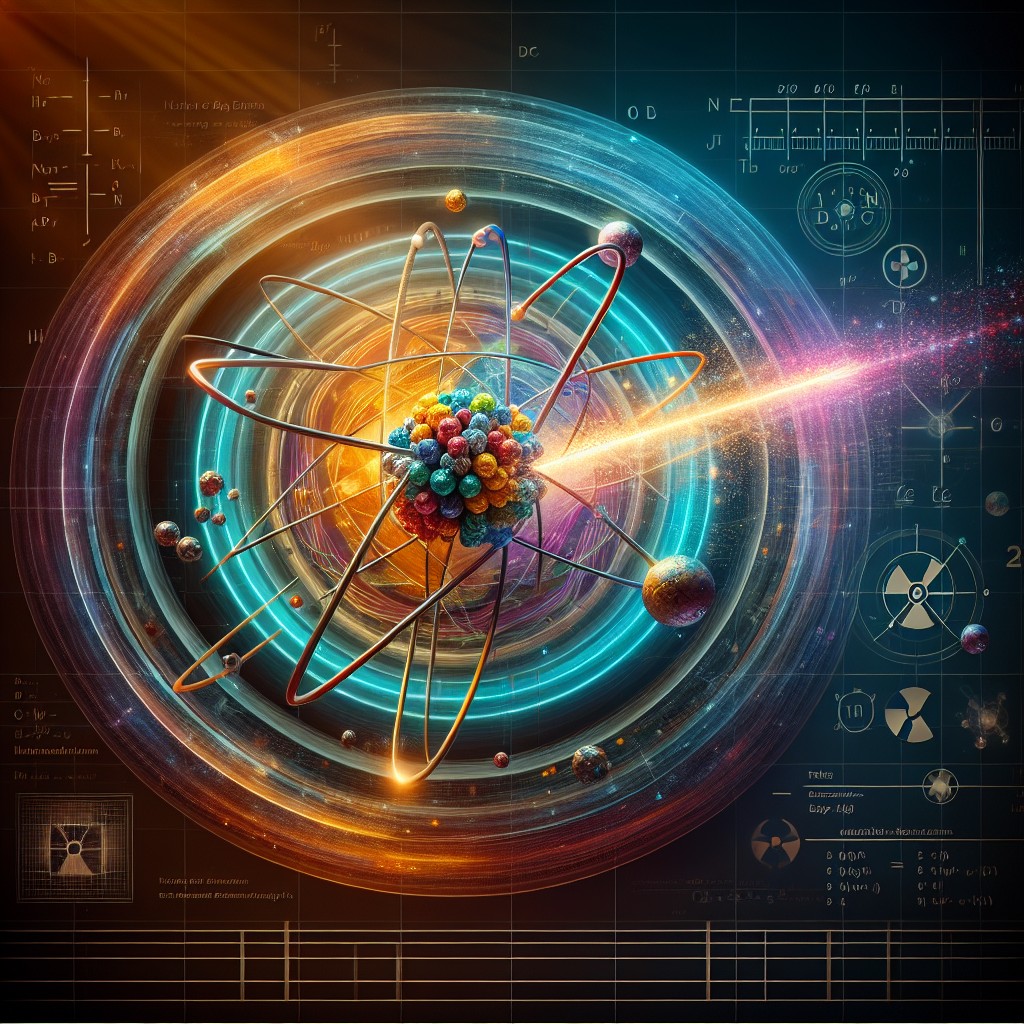| Date | Type | Event |
|---|---|---|
| 1937-05-12 |
On this day in 1937 George VI and Lady Elizabeth are crowned King and Queen of the United Kingdom. On the 11th of December 1936 King Edward VIII abdicated the throne of the United Kingdom freeing him to marry American Divorce Wallis Simpson and live the normal live he’d longed for. Up on his abdication his brother and heir to the throne, Prince Albert, became King George VI and his consort, Lady Elizabeth became King and Queen of the United Kingdom. King George VI understood the role of a King and took to it extremely well. He became George VI to emphasise his father’s line and return peoples trust in the monarchy once more (much of which was lost when his older brother abdicated after just one year on the throne). He overcame a speech impediment and in 1939 he addressed the nation to declare that the United Kingdom was at war with Germany. He boosted the moral of his people during the Second World War, visiting bomb sites and visiting armies on the battle front. As King he could not fight but the bravery he showed, staying in Buckingham Palace in London during the blitz, gave the people of the London great strength in their hardest times. At the end of World War II King George remained a very dignified in the role, with the British Empire’s transformation from an empire to the commonwealth but his deteriorating health meant he had to reduce his duties. His daughter Princess Elizabeth took on most of his duties which help prepare her for her own success as monarch. On the 23rd of September 1951 the King was diagnosed with lung cancer and sadly on the 6th of February the following year King George VI passed away. His Daughter became Queen Elizabeth II and his wife became known as “The Queen Mother” to prevent confusion. King George VI will always be remembered as one of the Greatest Kings of the United Kingdom.
| |
| 1937-09-21 |
In 1937 English writer and poet, J.R.R. Tolkien’s novel ‘The Hobbit’ is published.
| |
| 1937-12-29 | In 1937 the Irish Free State gained a new constitution and became Ireland Since the late 19th century Irish nationalists had demanded home rule of Ireland while Ulster Unionists wanted to remain part of the United Kingdom and opposed the Irish Nationalists. Tensions grew between two militia groups, the Ulster Volunteers on one side and the nationalist Irish Volunteers. To relieve tensions the United Kingdom passed a bill in 1912 allowing Ireland some autonomy and self-rule but tensions between Unionists and nationalists remained. After the outbreak of World War I, both sides’ attentions were put into the War raging in Europe. However, in early 1916 the Irish Republican Brotherhood had planned an uprising. They had formed a military council and had arranged for a large consignment of arms from Germany (an attempt by Germany to disrupt and possibly strike a blow to the UK). The consignment was found by the British armed forces and confiscated. The uprising was still set and between the 24th and 30th of April 1916, known as the Easter Rising, many insurgents took control of Dublin and proclaimed it a democracy. With the First World War still raging the United Kingdom sent in large forces for a swift suppression of the insurgents. British soldiers killed 500 and took thousands of prisoners. The British reaction to the uprising was considered by many to be too extreme, and despite the release of many of the prisoners, it had swayed many voters to the Republican's way of thinking. On the 14th of December 1918 as part of the United Kingdom’s general elections, votes cast in Ireland overwhelmingly supported the Irish Republican Party, (called Sinn Fein). However, there was still massive support for the Unionist Party in the northern province of Ulster (this region would later become Northern Ireland. Instead of the elected members of Sinn Fein attending the Imperial Parliament in London, Sinn Fein created their own Parliament in Dublin called the ‘First Dáil Eirean’ (first Irish Assembly). On the 21st of January 1919, Sinn Fein declared Ireland’s Independence from the United Kingdom. On the same day, two members of the Royal Irish Constabulary (RIC) were shot dead. This was the beginning of the Irish War of Independence. A large group of Irish Gorilla fighters formed and by September of 1919 they would be known as the Irish Republican Army (IRA). The IRA began “liberating” weapons for their cause from the UK forces. The UK declared both Sinn Fein and their government illegal and sent in troops. But with the army recovering from the losses of WWI, many of the troops sent were ex-soldiers. The influx of soldiers in their tanned uniform and the black uniform of the police led to their nickname of ‘Black and Tan’. Many of the troops acted less than professionally, drunk brash and badly organised. The IRA were able to assassinate members of the Black and Tan then council themselves as normal members of the public and on many occasions when members of the British armed forces were attacked they would open fire on civilians in retaliation. Many left the Royal Irish Constabulary through fear and within 2.5 years the IRA had won their freedom. On the 6th of December 1921, the Anglo-Irish treaty was signed creating the Irish Free State. The Province of Ulster used the Ulster Month Clause to remain part of the United Kingdom and became Northern Ireland. Under the Statute of Westminster in 1931 gave Ireland and many countries full legislative independence. On the 27th of December 1937, the Irish Free State gained a new constitution and became Ireland and on the 17th of April 1949, Ireland became a republic denouncing King George VI. |


